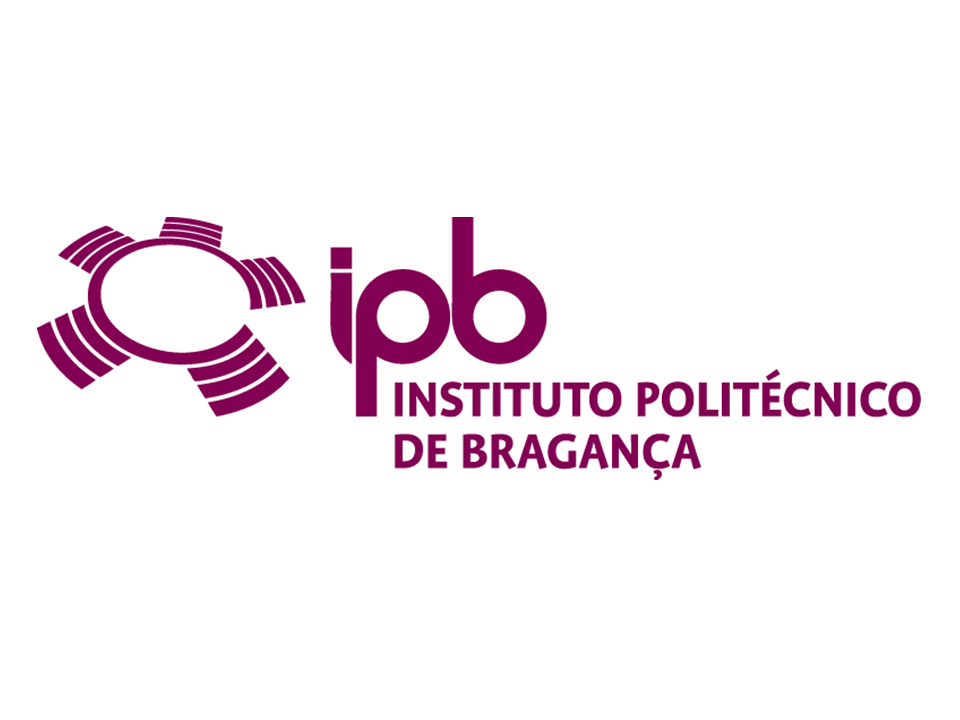SOILING
SOILING

Promoter: Instituto Politécnico de Bragança
Partners:- MORE - Laboratório Colaborativo Montanhas de Investigação
- Faculdade de Ciências da Universidade de Lisboa
EEA Grants: 105 575,30
Total Amount: 194 537,12
Grace Code: PT-ENVIRONMENT-0059
Programme:The hillslopes affected by the large Picões wildfire (2013, 14,912 ha) persist as an extensive source of sediment transported to the Baixo-Sabor reservoir. On the one hand, the vegetation cover, which is slowly recovering over severely degraded soils, is insufficient to prevent erosive runoff on these steep slopes. On the other, the continuous loss of soil and nutrients does not make it possible to achieve the edaphic conditions necessary for the recovery of vegetation cover and the restoration of the degraded ecosystem. A restoration strategy in this context should focus on protecting the most hydrologically relevant surfaces that are poorly covered, aiming to generate in-locus infiltration and promote soil water and carbon (C) storage, soil biological activity and, consequently, the recolonization by vegetation. The project aims, in a pilot area of c. 100 ha, at implementing, and demonstrating their effectiveness, of Nature-Based Solutions (NbS) for the protection of soils degraded by the large Picões wildfire, in view promoting the restoration of ecosystem services, such as soil retention, soil C and water storage, and the water quality of the Baixo-Sabor reservoir.
The NbS to be implemented are soil conditioners (compost and biochar) based on olive pomace (BA), and biological crusts, spontaneous or induced. In the first case, the formulations and the production model are consolidated, and in all cases the effectiveness in burned or degraded areas of the region has already been tested. The incorporation of BA as a raw material for NbS gives a end-use to this by-product of the olive sector, currently converted into waste and object of persistent environmental concerns, thus contributing to the circular economy. The results of the interventions will be measured by comparison with the current condition and with the application of flocculant polymers, that is, minimum and maximum soil protection. The application of NbS in level strips will follow a spatial distribution and a dimensioning optimized by an algorithm based on a model of sediment transport on the slope that minimizes soil loss as well as its implementation impacts and costs. The economic and environmental assessment of the effectiveness of interventions is based on the quantification of ecosystem services fed by monitoring protocols of erosive processes (field, laboratory and remote), soil properties and water quality in the stream network.
See video